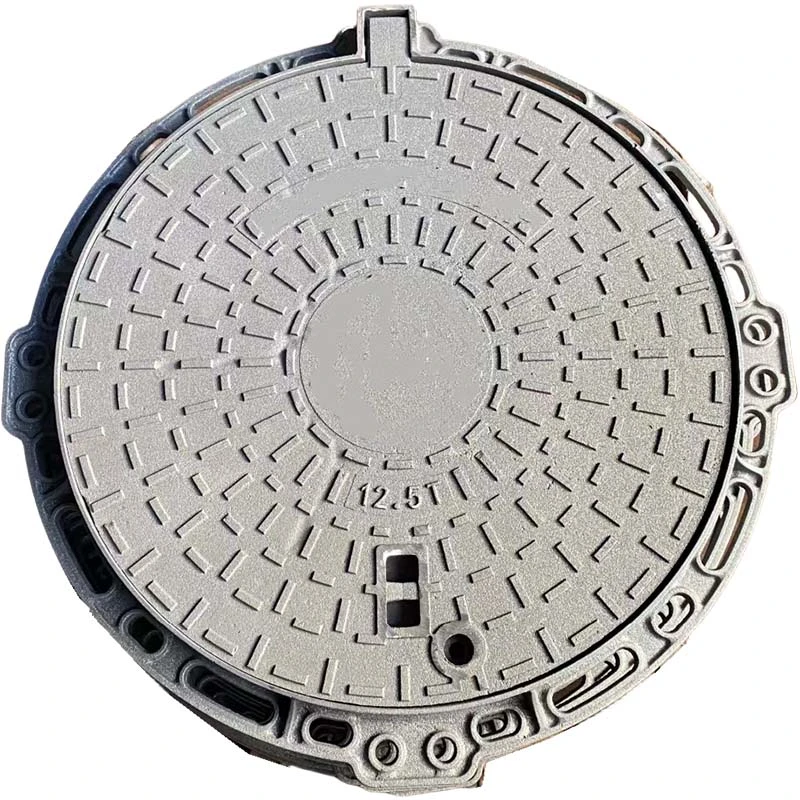Innovative Bike Parking Solutions for Urban Environments and Sustainable Communities
The Rise of Bike Corrals Transforming Urban Spaces for Cyclists
In recent years, cities around the world have increasingly embraced cycling as a sustainable mode of transportation. As urban areas seek to reduce traffic congestion and lower carbon emissions, bike corrals have emerged as an innovative solution to accommodate the growing number of cyclists. These dedicated bike parking facilities not only promote cycling but also enhance the overall urban environment.
Bike corrals, often placed on streets or in public spaces, are designed to provide secure and organized parking for bicycles. Unlike traditional bike racks, which can be sparse and poorly organized, bike corrals maximize space and minimize the risk of theft or damage. They typically feature a dense arrangement of brackets or loops, allowing multiple bicycles to be parked in a compact area. This efficient use of space is particularly beneficial in busy urban centers where every square foot counts.
The installation of bike corrals comes with numerous advantages. Firstly, they encourage more people to cycle by providing a safe and convenient option for parking. When cyclists know they have a reliable place to secure their bikes, they are more likely to choose cycling over driving, contributing to reduced vehicle emissions and improved air quality. Furthermore, bike corrals can help boost local economies; studies have shown that areas with bike-friendly infrastructure tend to attract more foot traffic, benefiting nearby businesses.
bike corral

Moreover, bike corrals enhance the aesthetics of urban landscapes. By transforming ordinary parking spaces into vibrant hubs for cyclists, cities can create inviting public spaces that encourage social interaction and community engagement. When designed thoughtfully, bike corrals can incorporate landscaping elements or artwork, making them visually appealing and contributing to the overall charm of the neighborhood.
Cities that have adopted bike corrals are witnessing remarkable transformations. For instance, in Portland, Oregon, the implementation of bike corrals has significantly increased the number of cyclists commuting to work and running errands. Similarly, New York City has seen a surge in cycling due to the expansion of its bike parking infrastructure, resulting in a thriving bike culture that attracts both residents and tourists alike.
In conclusion, bike corrals represent a pivotal development in urban planning, promoting cycling as a viable and attractive mode of transportation. As cities continue to grapple with the challenges of congestion and pollution, the expansion of bike corrals stands out as a practical solution that benefits individuals, communities, and the environment at large. By fostering a culture of cycling, cities can pave the way for a more sustainable and healthier future.
-
The Smarter Choice for Pedestrian AreasNewsJun.30,2025
-
The Gold Standard in Round Drain CoversNewsJun.30,2025
-
The Gold Standard in Manhole Cover SystemsNewsJun.30,2025
-
Superior Drainage Solutions with Premium Gully GratesNewsJun.30,2025
-
Superior Drainage Solutions for Global InfrastructureNewsJun.30,2025
-
Square Manhole Solutions for Modern InfrastructureNewsJun.30,2025
-
Premium Manhole Covers for Modern InfrastructureNewsJun.30,2025
